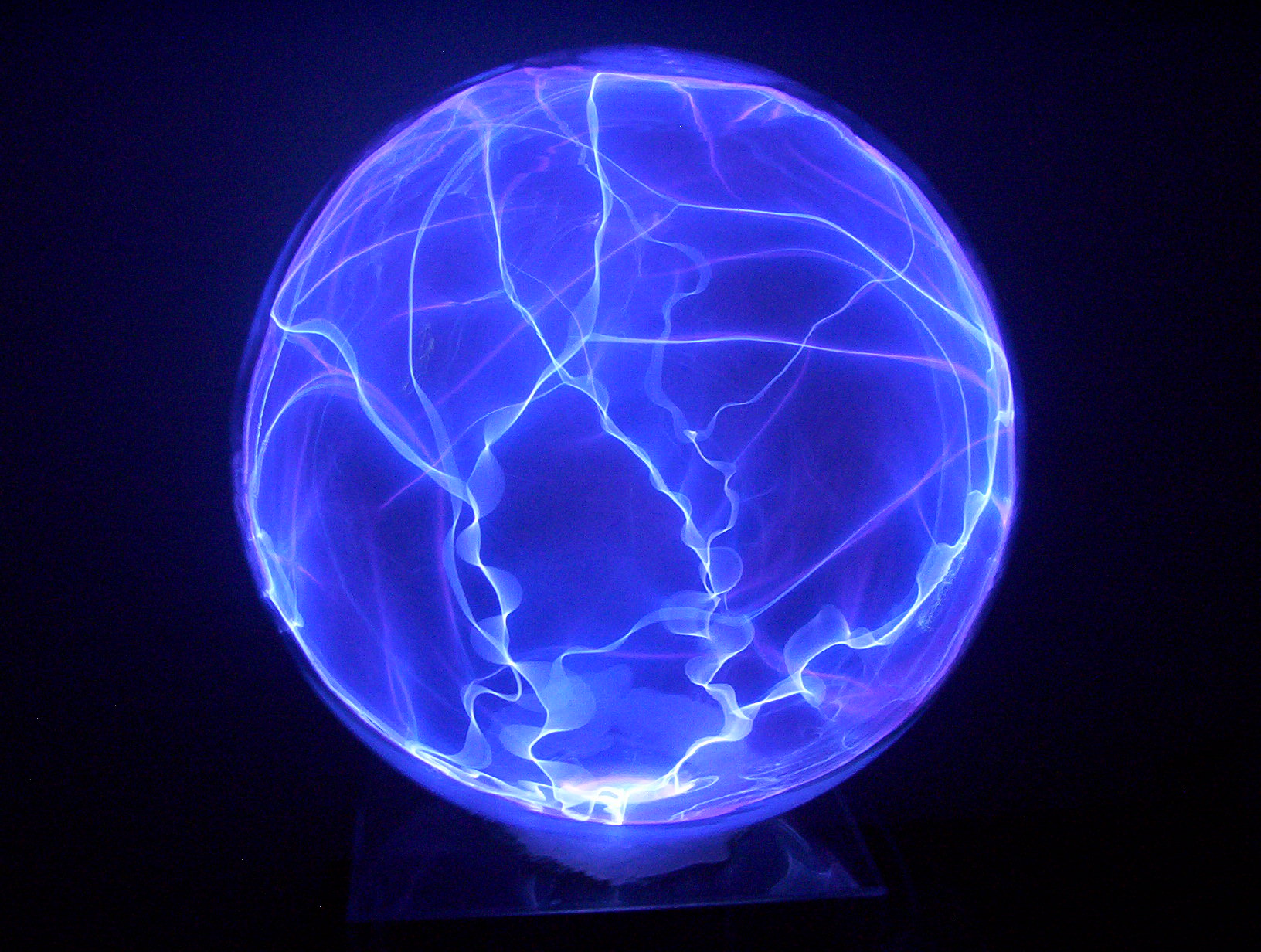So after re-watching one of my favorites, Virus, I'm left with two more questions.
 |
| The Drej are pure energy! |
and
2) Perhaps an easier question: what is the viability for robots to successfully utilize human or otherwise animal parts? I know we've been experimenting with different kinds of robotic prosthetic parts in people, can that same process be reversed for the monster in Virus or for the Borg in Star Trek?
 |
| But can robots do this? |
 |
| We can do this |
First I want to post about the first question, of energy based lifeforms, before I get into the real meat that is cyborg part replacements.
 |
| Plasma is what you see in lightning |
Now for the science. There is some evidence to support the idea for inorganic material to behave life-like in the plasma state. When an element is subjected to extremely high temperatures it becomes a super-critical fluid also known as plasma, which has peculiar characteristics. Plasma is formed inside of stars and terrestrially as lightning among many other phenomena that are really common in space and a lot more common than the necessary environment for life as we know it. Laboratory experiments with plasma have yielded similar qualities to that of a single cell organism. Grains of dust can form a helical structure similar to DNA and an ionic bilayer is formed creating a closed membrane. Spheres of plasma can even duplicate themselves much like a cell would, by splitting in two.
 |
| Amoebas in Space! All thanks to plasma. |
Okay, so maybe tiny plasma 'cells' can be made in a lightning bolt on earth, but can they evolve into into lifeforms as complicated as the carbon based life that we know? Some people theorize that there might be plasma organisms that are somewhat similar to the carbon based organisms we know of but we just can't detect them. This sounds a bit more on the fiction side, though.
From what it seems like to me and the lack of helpful evidence of a kind of sentient or otherwise intelligent life form based on plasma, plasma based life wouldn't be more complex than a simple bacteria floating through space without magical powers or abilities that are so depicted in science fiction. I would buy into the structure being a starter for carbon based life forms as Tsytovich speculates with his research, but not its own life highly evolved plasma life form.
-'Till science proves I'm wrong!
I think the scariest aspect of energy-based lifeforms (that are enemies) is that no one knows how to fight them! Generally characters go at them with guns blazing, only to find out the bullets pass right through. Makes you think about things in all different ways. Also, what are your thoughts on being able to posses or channel themselves through a human being? I know that is a pretty big part of things every time one comes into play in Sci-fi.
ReplyDeleteYes! What can you do against something like that?
DeleteI think that because the possibilities for a being like that is still unknown and at the experimental level (as far as exploring what kinds of life can evolve from plasma).
While I'm still not convinced that a highly intelligent and sentient organism can form from plasma and dust, I do think it would be very possible for something with mastery over electricity to manipulate nerve impulses to muscles and from sensory receptors and the like. It's all entirely possible.
A tiny worm parasite or fungus can, after-all, control brain functions in snails and ants in order to reproduce, who's to say a plasma organism can do the same?
that is, Who's to say a plasma organism can't do the same.
Delete